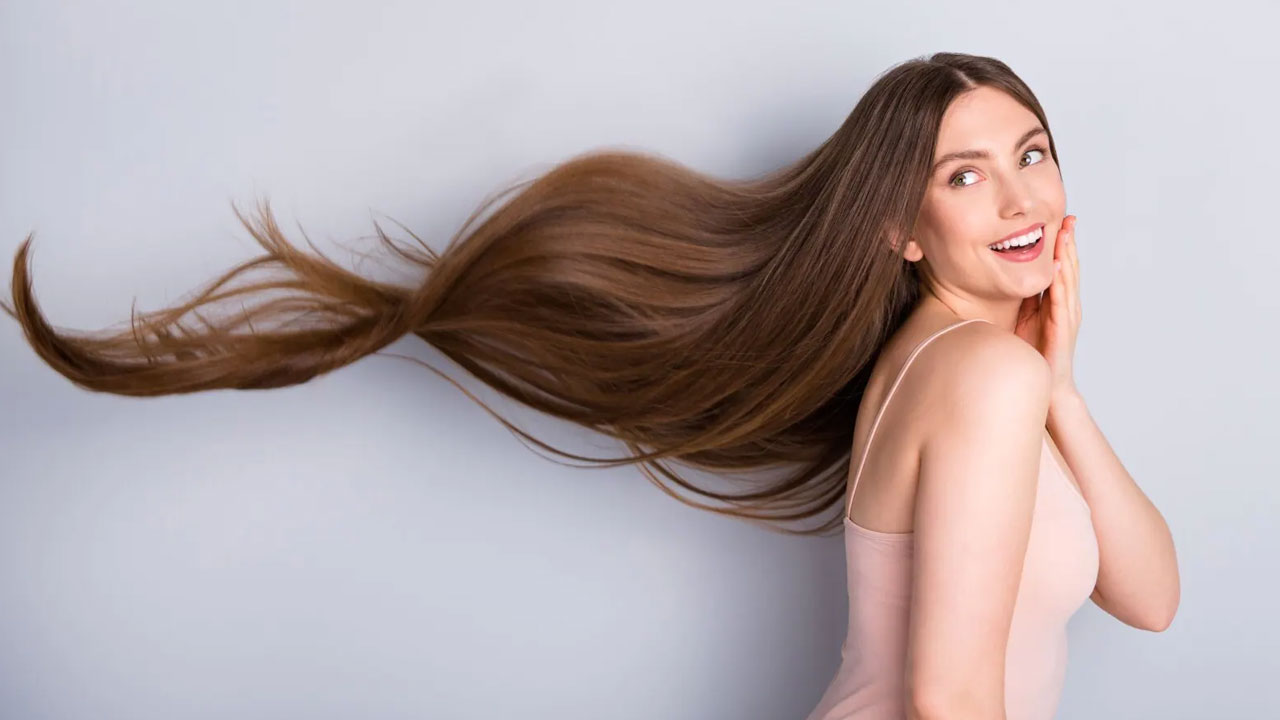
Hair forms a major part of beauty standards. Good hair is regarded as an admirable quality, and the lack of it can be quite depressing for anyone.
Alopecia is the medical term for hair loss, which may be scarring or non-scarring. Burns to the scalp, chemical injuries, chemotherapeutic drugs, or autoimmune diseases can result in hair loss. Pattern hair loss, which is hair loss due to the androgen hormone, is the most common form of hair loss affecting men and many women.
Hair loss can affect a person’s physical appearance and psychological well-being, resulting in low self-esteem and depression. Medications like minoxidil or finasteride are recommended medically to help support hair regrowth. However, the limited success rate discourages people from choosing this option.
Stem cell therapy for hair regrowth
Hair regrowth can also be achieved using stem cells. A stem cell is a special type of cell in the body that can divide numerous times, creating new types of cells in any part of the body. However, when you begin to lose the hair follicles on your head, the cells do not automatically regenerate. In some cases, they may require stimulation from an external source.
Stem cells are those specially generated cells used in treating many disorders, including those that are autoimmune. These stem cells activate the body’s immune system to help speed up recovery so that the tissues repair themselves. The technique has been effective for many patients that required hair regeneration, even patients that had not responded to the traditional treatments. Various studies by researchers support this finding, thus indicating that stem cells can indeed boost the amount of hair on a person’s head.
Recently, stem cell-based hair regrowth has been receiving more attention as an option of treatment that should be made readily available to patients. More research is also being carried out to understand this method’s safety, efficacy, and mechanism. Awareness of the methods’ benefits and limitations is important when choosing a stem cell-based hair transplant.
Stem cell therapy helps treat hair loss without exposure to chemicals, drugs that contain some hormones, or genetic problems with hair growth.
The stem cell transplant for hair loss is similar to the other methods of stem cell treatment. Here, stem cells are implanted there instead of taking new strands of hair to patch over the area of the scalp without hair. A skin sample is removed from the desired point with healthy hair follicles, and then this sample is reproduced. After the sample has been implanted, you wait for the propagation to begin in those parts where new stem cells have been implanted.

Where do you get the stem cells from?
It is generally advised to get the stem cell needed for transplant from another person rather than using your hair. This is because it is less likely to have similar problems than you who needs a stem-cell hair transplant. For example, someone with an autoimmune disease will likely have a repeat of the hair loss if they use their stem cells because the underlying problem is not treated.
Sometimes hair loss is not due to a natural condition that affects the whole body. In that case, it is preferable to use a person’s cells to prevent the chances of developing a reaction to the external stem cells, called a graft-versus-host-disease. This is safer and also more effective.
You can get the stem cells from a person with your desired healthy hair pattern, and then the cells are transplanted to the scalp of the person with hair loss. Once the transplant has taken place, the healthy cells that have been transplanted stimulate the deactivated hair follicles, causing them to regenerate and grow new hair.
Multipotent stem cells with the potential to regenerate hair follicles are a well-accepted option for transplantation. The multipotent stem cells are obtained from adipose tissue, bone marrow, and other unaffected body areas with hair. In a few cases, multipotent stem cells are harvested from umbilical cord blood. Multipotent cells can become any type of cell in the body, so they are a preferred option during hair regeneration using stem cell-based therapy. After collection, the cells are cultured in the lab to create more cell types and address the problem.
Human adult stem cells can also be collected using punch biopsy for isolation from a healthy human hair follicle.
How is the procedure carried out?
The procedure is relatively painless, lasting about an hour and sometimes less. It takes place in multiple stages under expert supervision.
- The desired sample is collected, which may be plasma from blood, fat, or tissue.
- The stem cells are isolated from the sample in the lab.
- Part of the hair follicles is removed from the scalp for stimulation and duplication in the lab.
- The existing donor hair follicles are injected with stem cells that have been separated to stimulate their regeneration.
- New hair follicles duplicated in the lab are also implanted on the hairless areas of the scalp with stem cells to stimulate their regeneration.
What happens after the procedure?
The recovery time following the procedure is not defined. Some patients experience pain or slight bleeding at the implant site. You may also have scarring where your doctor removed the tissue for stem cells. There is also a risk of infection or nerve damage, especially if a punch biopsy is done.
Is stem cell therapy effective?
It takes two to six cycles before you begin to see results, which depends on what you desire to see for yourself. Preliminary results from stem cell therapy for hair loss are encouraging. Hair density is improved, and hair loss reduces because stem cells keep dividing forever.


